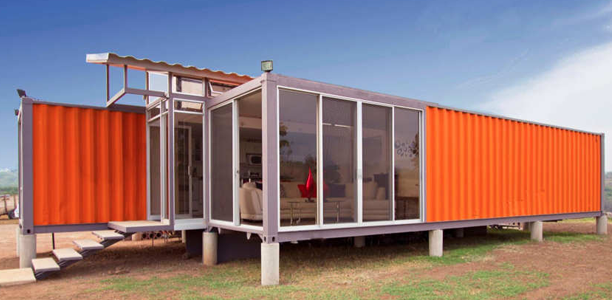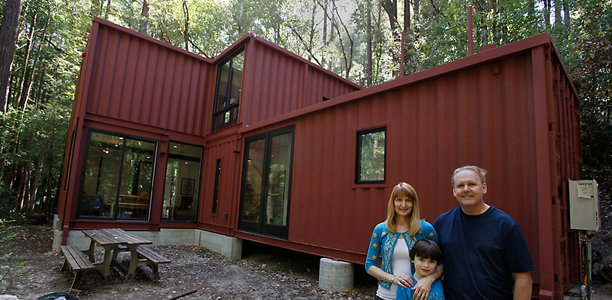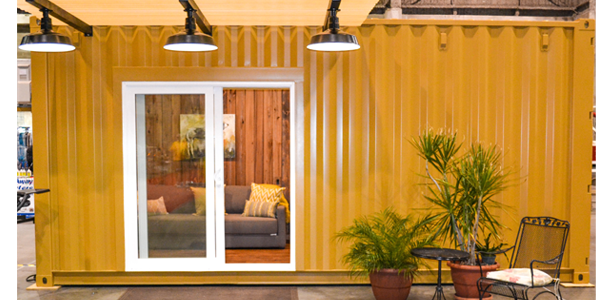Most shipping containers are single-use in nature. They make their way thousands of kilometres across the ocean only to be left in container parking lots to collect rust.
Some of the lucky ones are bought and used for backyard storage by people with too many possessions, and the extra lucky ones may even embark on a new export journey.
So what's a better use for these cumbersome rectangular prisms? If you're like me and live in a city where housing affordability is growing further and further out of reach, you may want to consider calling a shipping container your new home.

[Image: Andres Garcia Lachner]
Like the tiny house movement, which in recent decades has grown in popularity across the world, many people are choosing to repurpose unused shipping containers to create cosy and low-impact homes.

[Image: Norcal Construction]
Choosing to live in a shipping container solves a few problems for our planet. Firstly, it makes use of a 3 tonne single-use item that would otherwise sit idle. Secondly, shipping container homes require much less energy than the average home, helping to reduce greenhouse gas emissions. The average home in Australia is 241 metres squared while a 40 foot shipping container is 67 metres squared. Thirdly, living in such a small space means that you can only fit the things you really need in your life. This can help you to reject a life of over consumption, which is one of the largest drivers of climate change.

[Image: Cargotecture]
So, is it really as simple as buying an old shipping container, chucking some furniture in there and calling it home? Well, not exactly. There are a few things to consider before jumping onboard.
Insulation
Shipping container homes need to be very well insulated. Because they are made from steel, they are receptive to temperature extremes, becoming extremely hot in summer and extremely cold in winter.
Rust prevention
The steel structure of shipping containers makes them easily susceptible to rust so it's important to take certain preventative measures prior to moving in.

[Image: New Generation Builders]
Ensuring air safety
Another thing to consider before moving into your shipping container is the chemical treatments that may have been made. Shipping containers are often treated with toxic chemicals to safeguard against sea spray and depending on what type of products have been shipped within the container, there may be harmful chemicals in the interior.
Once these challenges are addressed, each coming with its own price tag, you can start living your low impact, planet-friendly life in your newly upcycled shipping container.
What a great way to buy an affordable home and reduce your impact on the planet!
Read this next: This Woman Built A Tiny Home And Is Giving Away The Plans For Free
We're in a climate emergency and it's going to take all of us to get out of it. That's why 1 Million Women is building a global community of women committed to fighting climate change with our daily actions. To join the (free) movement just click the button below!

